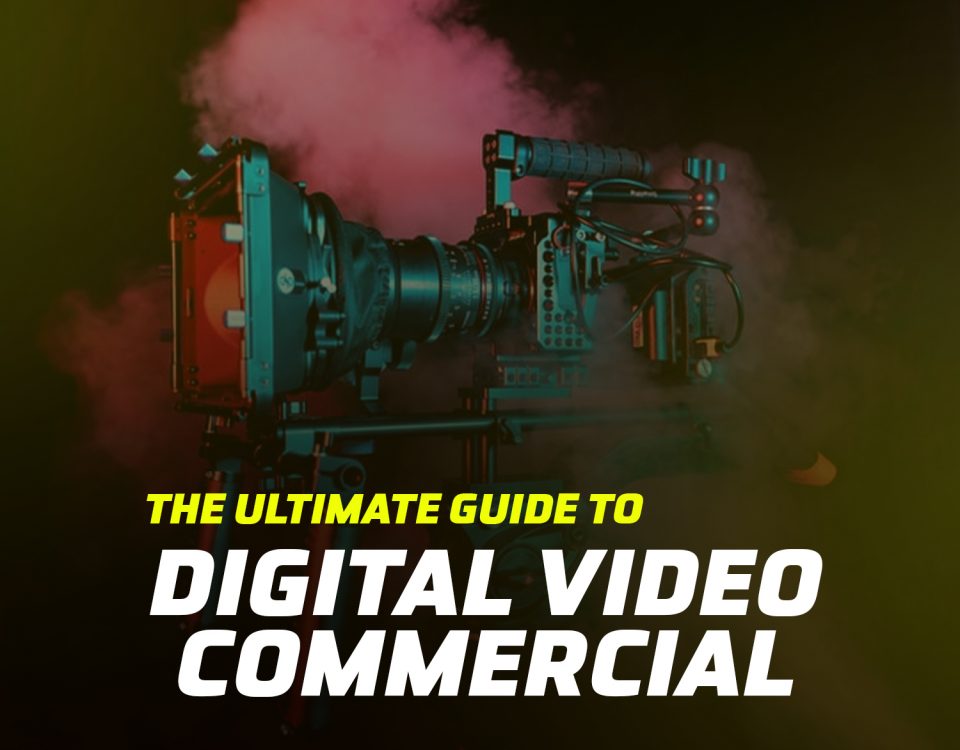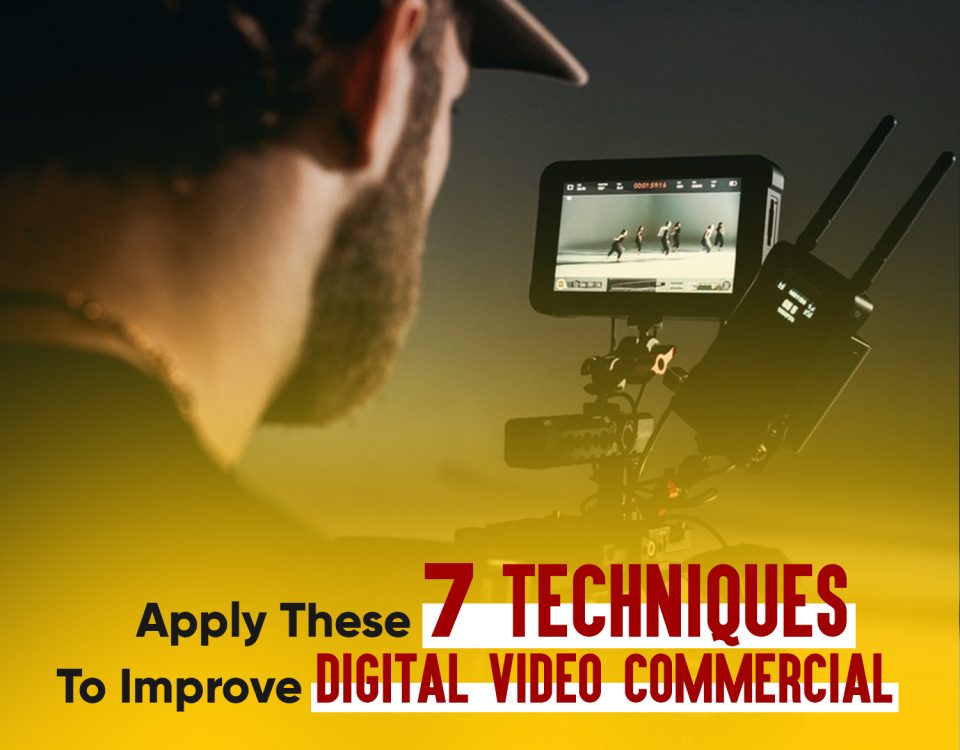
Get Rid Of Television Advertising Problems Once And For All
June 29, 2022
14 Ways Television Advertising Is a Dying Art
June 29, 2022The implementation of television advertising is excellent and very compelling in its effectiveness. In the past, virtually everyone had a television in their home, which is why the medium’s ubiquitous availability had the most impact. The vast attractiveness of television programs and ads gives an opportunity, despite the fact that watching television may not be as popular as it previously was. Regardless of whether the product is shown from the front or the side in the advertisement, the product itself, the headlines, and the corporate emblem are all intended to attract the attention of the audience. To this day, ads on television continue to be one of the most effective ways to get the message out about a certain brand or product.
Have you ever wondered how advertisements on television are able to simultaneously promote businesses and educate viewers about a diverse range of brands and products? Before we go any further, it might be helpful to take a step back and examine the structure of a typical television commercial.
Traditional TV advertisements are broadcast at predetermined times during predetermined episodes of planned shows on specified channels. The demographics of the audiences that advertisers want to attract determine how much money marketers are willing to spend on television shows.
Recognized it from some advertisement
Celebrities often exaggerate the quality of a service or commodity they endorse in order to boost sales. These kinds of commercials are meant to be entertaining as well as attention-grabbing. You may have said to yourself, “I’ve seen it on TV before!” when you first saw the advertised product in a store or online. It is rare that you won’t be convinced to buy a product just based on the product’s reputation. Our natural inclination is to believe that a product or service promoted on television is of the highest possible quality. Now the question arises, Why would TV networks run an ad for a product if it wasn’t any good and the claims made about it weren’t true? In reality, most TV ad agencies only care about making money and never question whether or not the product they’re pushing is actually beneficial to consumers.
Advertisers make ads appealing and reliable
The majority of us are receptive to advertisements for products that appeal to our instincts, like those for Surf Excel, Pepsi, Dalda cooking oil, Vicks, Molty Foam, and so on. There are a couple of these that are utilized on a consistent basis by the people. In addition, the inclusion of celebrity endorsements in these types of advertisements can increase the legitimacy of a product in the eyes of the demographic that is being targeted.
Use of anthropomorphism
Effective marketing strategies for a product could include linking it with unfavorable human feelings such as guilt. Anthropomorphism is the practice of imbuing inanimate objects with human characteristics in order to increase their attractiveness to consumers. This is done in an effort to make the products more appealing to them. Consumers are receptive to recognizing humanlike qualities in product designs and are more likely to anthropomorphize products with such attributes. As a result, advertisements that make use of anthropomorphism tend to be well received by their target audiences. Marketers have a higher chance of connecting with their customers on an emotional level if they imbue their brands with human characteristics.
Color is a tactic in TV advertisements
Another point that has not been satisfactorily answered concerns the inconsistency in the use of color between different product categories in television advertising. There is a language that cannot be expressed through the use of words but can be understood through the employment of color. Marketers contend that if they can successfully appeal to our emotions, they can turn us over more readily. Only by looking at a product’s color can we determine its freshness and quality, and we may safely assume that more recent products have a superior flavor. When designing advertisements such as posters, brochures, and other types of marketing collateral, you can put the connotations of individual colors to work for you to your advantage. There are several examples of this, two of which being the red and white of Coca-Cola and the blue and white of Pepsi. The addition of white color with undulating waves gives the experience a sense of excitement and has the potential to become addicting. The bright red background of the Coca-Cola bottle arouses the desire to drink something that will refresh the body. White is the color most commonly used for signage because of its great contrast and simple viewing. Pepsi, on the other hand, is able to entice the younger demographic it seeks to target by virtue of the unique taste of their product as well as its signature blue color.
TV advertisements make you fear missing out
When the price of a good or service is greater than the industry standard, social proof marketing that plays on customers’ “fear of missing out” (FOMO) is an especially effective strategy. A common strategy for increasing sales through the utilization of scarcity is to provide discount codes to the first one hundred or so customers who make a purchase. This service is offering discounts to new users in Pakistan, just like how McDonald’s and Pizza Hut provide discounts to new subscribers.
TV ads create catchy jingles
Jingles are something that might be valued as an asset in the field of marketing. People are more likely to remember your firm when they hear its jingle, just as they are more likely to remember the brand’s logo or motto.
For any television advertising or TVC related requirements, send us your inquiry at Phone: +92 300 9444 374 or Email: info@winninggo.com.






